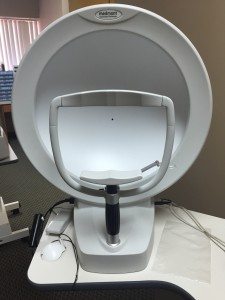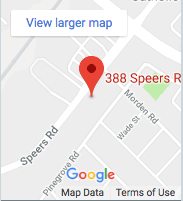Eye coordination is the ability of both your eyes to work together. Each eye sees a slightly different image and your brain, through a process called fusion, blends these two images into one three-dimensional picture. When your eyes are in proper alignment, you have good eye coordination but a minor misalignment can cause symptoms like double vision, fatigue and headaches.
Here are some facts about your eyes and coordination misalignment.
Causes of Eye Coordination Misalignment
Eye coordination is developed during childhood. Poor eye coordination can result from a lack of sufficient visual development or inadequately developed eye muscle control. An injury, disease, tumor or other trauma can also cause poor eye coordination, although these causes are rare.
How Eye Coordination Misalignment Affects Vision
The images seen by each eye must be nearly the same in order for the brain to fuse them into a single picture. A person who has poor eye coordination usually lacks proper eye muscle development. When there is a misalignment caused by poor muscle control, a person usually compensates by subconsciously exerting extra effort on the muscles to maintain proper alignment.
Double vision occurs when the muscles can’t adjust the eyes so that one image is seen. The brain acts to relieve the visual discomfort by ignoring one of the images. In young children, this persistent suppression can lead to an impairment of the visual system’s development. The eye that is suppressed may get to the point of not be able to see well, no matter how good the glasses or contact lenses are. This is a serious condition called amblyopia or lazy eye.
Symptoms of Eye Coordination Misalignment
Signs and symptoms that may indicate poor eye coordination include:
- Double vision
- Headaches
- Eye and body fatigue
- Irritability
- Dizziness
- Difficulty reading and concentrating
Children may cover one eye, tire easily, tilt their heads, skip lines or lose their place while reading, perform poorly during sports and avoid work that requires working up close.
Diagnosing Eye Coordination Misalignment
Poor eye coordination can be difficult to detect, therefore periodic eye examinations, beginning at six months of age, at age three and yearly thereafter, are recommended. A thorough exam by an optometrist will determine the extent, if any, of poor eye coordination. Regular exams by your eye doctor will greatly improve the chances of detecting signs of any type of eye problem.
Treatment of Eye Coordination Misalignment
Vision therapy, eyeglasses and/or other optical aids are often successful for the treatment of poor eye coordination. When detected early enough, the success rate for correcting the condition is quite high. Sometimes eye coordination will improve when other vision problems, like nearsightedness or farsightedness, are corrected. However, some cases will require surgery to correct the condition.


